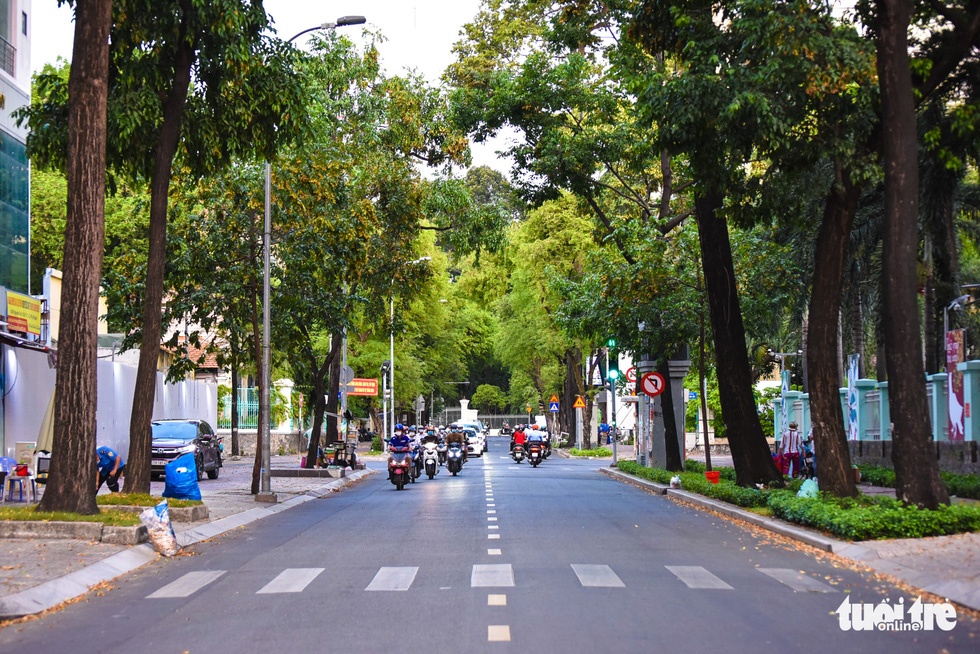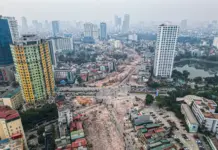How to do that?
Plant more trees in new urban and suburban areas as well as the city’s belts.
Preserve diverse natural ecosystems within the radius of the city and neighboring provinces.
Connect with the southern ecosystem to become the center of biodiversity and grow forests inside the city or small forests between urban areas. The ratio of trees, or the investment in forests, is one of the first criteria of a green and friendly city.
Educate the population about the bond between humans and nature as well as about nature protection and climate change impact. Children’s small- and medium-sized playgrounds in urban areas need to be associated with trees to keep those places nature-friendly and safe.
Clean energy is sourced from nature such as solar energy, wind power or recycled organic waste. Using clean energy will help limit and reduce the production of CO2 from greenhouse gas emissions and pollution. Reaching a net-zero emission balance will benefit people and the environment.
Increase the participation of higher-skilled workers as well as appropriately distribute and replace the manual workforce to preserve traditional occupations.
Next, classify waste to recycle into clean energy or create a new source of soil for family gardening. It is essential and urgent to have waste recycling factories and renewables to preserve our living environment and nature.
City residents need to participate in producing and using more household items which are recycled products instead of freely exploiting nature and natural resources which are never renewable again in millions of years.
Districts in the city should see the need of establishing nurseries to preserve and develop local and imported plant varieties. This is also an opportunity to expand research on plant varieties in agriculture, thus creating more jobs and new research directions for green urban agriculture and forestry.
Developing a city of clean energy and green will facilitate residents gaining more knowledge and understanding. Instead of using electricity, urban houses should take advantage of more sunlight by installing large windows or skylights.
Innovate old and degraded houses with natural energy. Ensure buildings become more energy-efficient. Cut down the construction of unnecessary skyscrapers, focus on green social housing projects with surrounding green for underprivileged and low-income people in order to shorten the gap between social classes.
Develop a nursing home system with green and clean space for elderly people who live alone.
The above changes can create a motivation for the city to have a firm foundation in order to catch up with the world’s development.
Let’s plant a tree every day. Every family should also have a garden or turn their balconies into a green space full of tropical flowers.
All shall bring the city a global status in terms of green living quality and clean energy.
The original story was written in Vietnamese by Quynh Iris de Prelle and translated into English by Tuoi Tre News, in response to the ‘Ho Chi Minh City Goes Global’ contest, an open forum for readers to contribute their ideas and solutions to raise the position of Saigon – Ho Chi Minh City in the international arena.
The contest is co-organized by Tuoi Tre (Youth) newspaper and the Ho Chi Minh City Department of External Relations to prepare for the celebration of National Day on September 2.
For further information and how to take part, please click here.
Like us on Facebook or follow us on Twitter to get the latest news about Vietnam!




